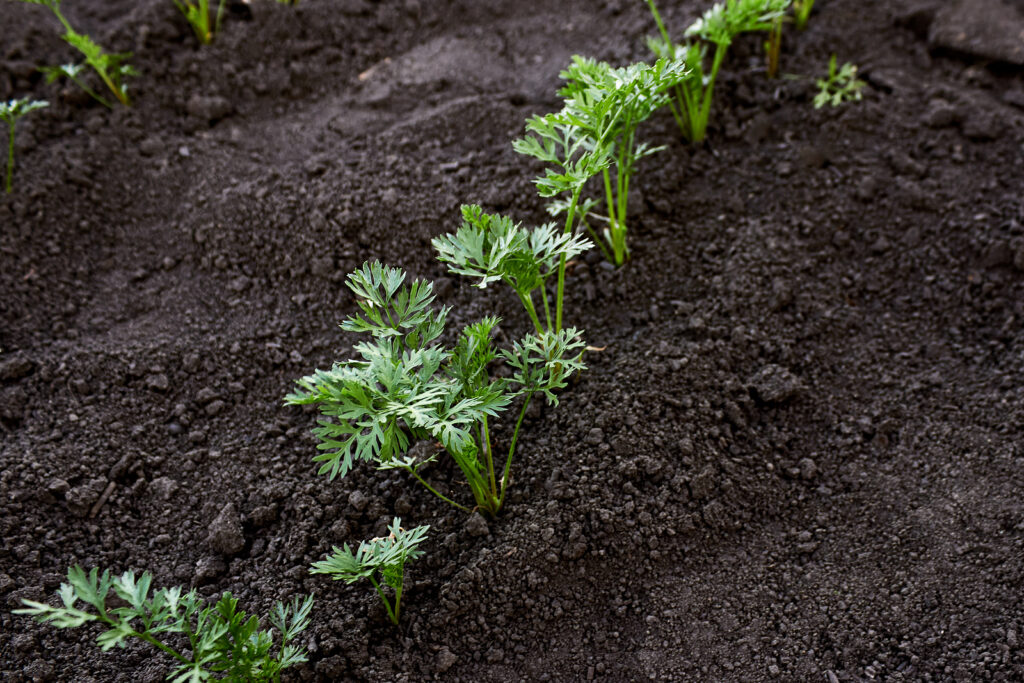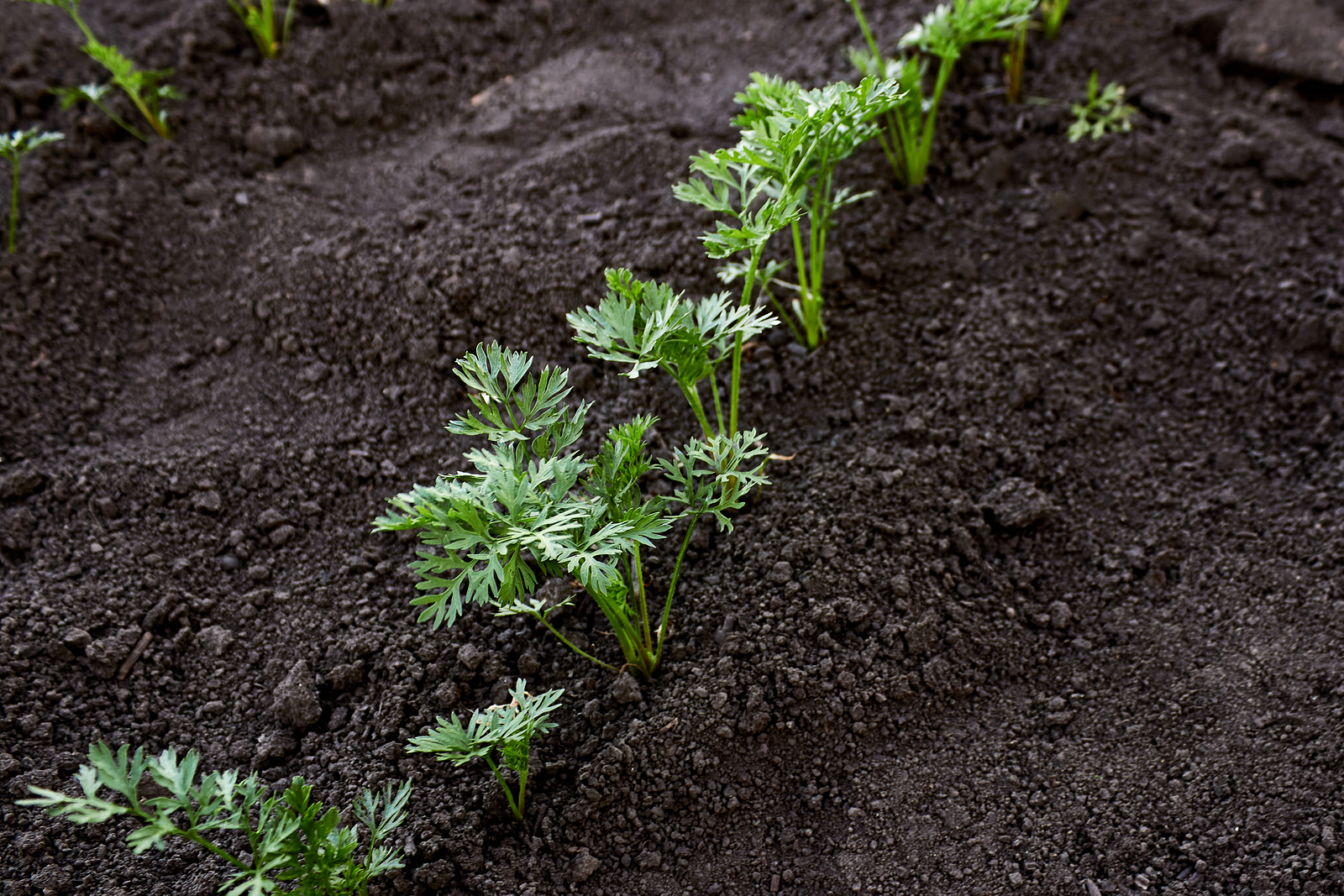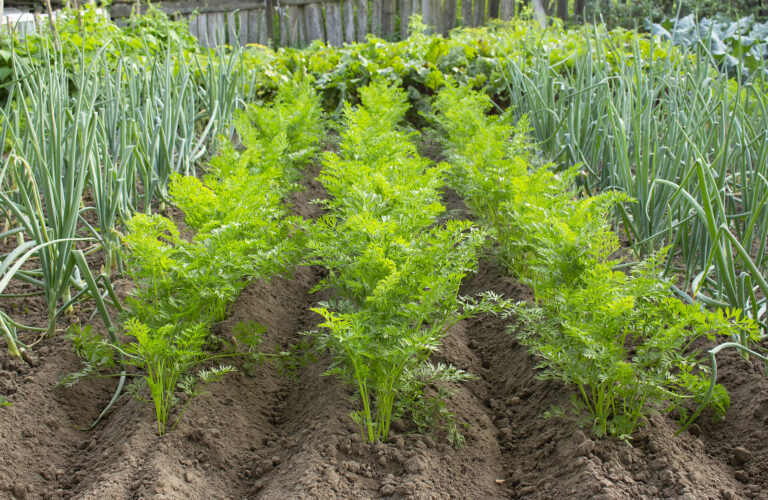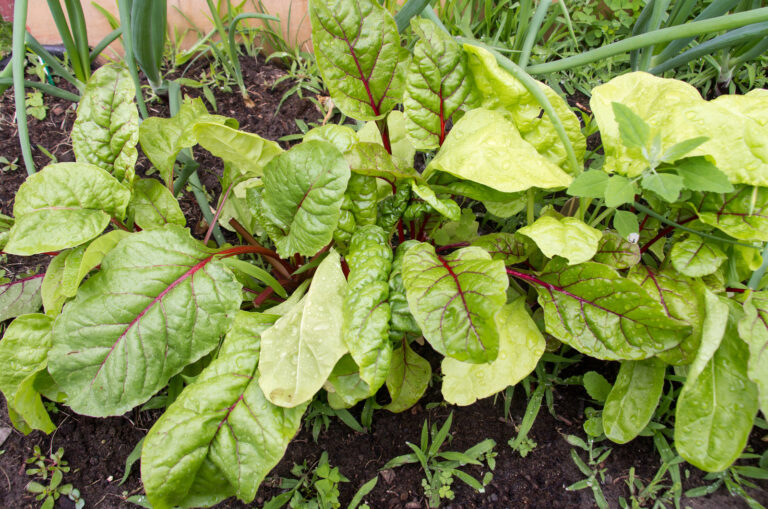Carrot Crop Rotation: What to Plant Before and After
Rotating crops in your vegetable garden is key to preventing pests and diseases, improving soil health, and maintaining productivity year after year. Carrots, like all root crops, benefit greatly from thoughtful crop rotation. In this post, you’ll learn what to plant before and after carrots to support strong growth and healthy harvests.
Why Crop Rotation Matters for Carrots
Carrots are particularly sensitive to soil-borne diseases like root-knot nematodes and fungal pathogens such as Alternaria and Sclerotinia. If you grow carrots in the same spot year after year, these problems can build up in the soil. Additionally, carrots are light feeders compared to some vegetables, and they benefit from following crops that enrich or loosen the soil.

What to Plant Before Carrots
To prepare the soil for carrots, choose crops that:
- Loosen the soil
Deep-rooted crops like tomatoes, peppers, and potatoes help break up compacted soil, which is ideal for carrot root development. - Add organic matter
Leafy greens like lettuce and spinach leave behind shallow roots and decomposable organic matter that improves soil tilth. - Suppress weeds
Fast-growing crops like bush beans or buckwheat can help crowd out weeds that compete with young carrot seedlings. - Avoid heavy feeders
Avoid planting carrots after nutrient-hungry crops like corn or cabbage, as they may deplete the soil and reduce carrot yields.
What to Plant After Carrots
Once carrots are harvested, the soil is usually loose and relatively low in nutrients. Choose crops that:
- Replenish nutrients
Legumes like peas and beans fix nitrogen in the soil, helping restore fertility after carrots. - Use a different root zone
Leafy greens (lettuce, spinach, arugula) grow in the topsoil and don’t compete with the root depth carrots used. - Have short seasons
After an early carrot crop, plant fast-growing crops like radishes or baby greens for a quick second harvest.
Example Crop Rotation Plan
Year 1: Tomatoes (deep roots, soil loosening)
Year 2: Carrots (root crop)
Year 3: Bush beans (nitrogen fixer)
Year 4: Leafy greens or brassicas (different root depth, varied nutrients)
Avoid planting other root crops like beets, turnips, or parsnips right before or after carrots to reduce disease risk.
My Experience
I’ve grown carrots in rotation with a variety of crops over the last three decades in both raised beds and traditional garden rows. When I follow a thoughtful rotation—especially one that includes legumes and deep-rooted crops—I consistently see stronger germination and fewer problems with root deformities and pests. Avoiding carrot-after-carrot planting is one of the simplest ways to keep the soil balanced and the harvest healthy.
Final Tips
- Rotate carrot beds every year or two.
- Track your plantings to avoid repeats.
- Add compost and mulch between rotations to maintain healthy soil structure.
Crop rotation isn’t complicated, but it is essential. With a bit of planning, your carrots—and everything else in your garden—will thrive.
Carrot Growing Hub
The Ultimate Guide to Growing Carrots from Seed to Harvest
1. Getting Started (Site & Timing)
- Where to Plant Carrots for the Best Root Development
- When to Plant Carrots: Timing for Every Season
- Carrots Seed Starting Tips
- How to Plant and Grow Carrots in Winter
- Grow Carrots Anytime of the Year in Five Steps
- How to Grow Carrots in Containers or Raised Beds
2. Planting & Varieties
- How to Plant and Space Carrots for Optimal Growth
- Carrot Varieties by Type: Best Picks for Home Gardeners
- Orange, Yellow, Red, Purple, and White Carrots: How to Choose the Right One
- Carrot Companion Plants: What Grows Well Together
3. Growing & Care
- Caring for Carrots Throughout the Growing Season
- How to Water Carrots the Right Way
- Carrot Crop Rotation: What to Plant Before and After
- Carrot and Parsnip Growing Problems: Troubleshooting
4. Harvest, Storage & Use



